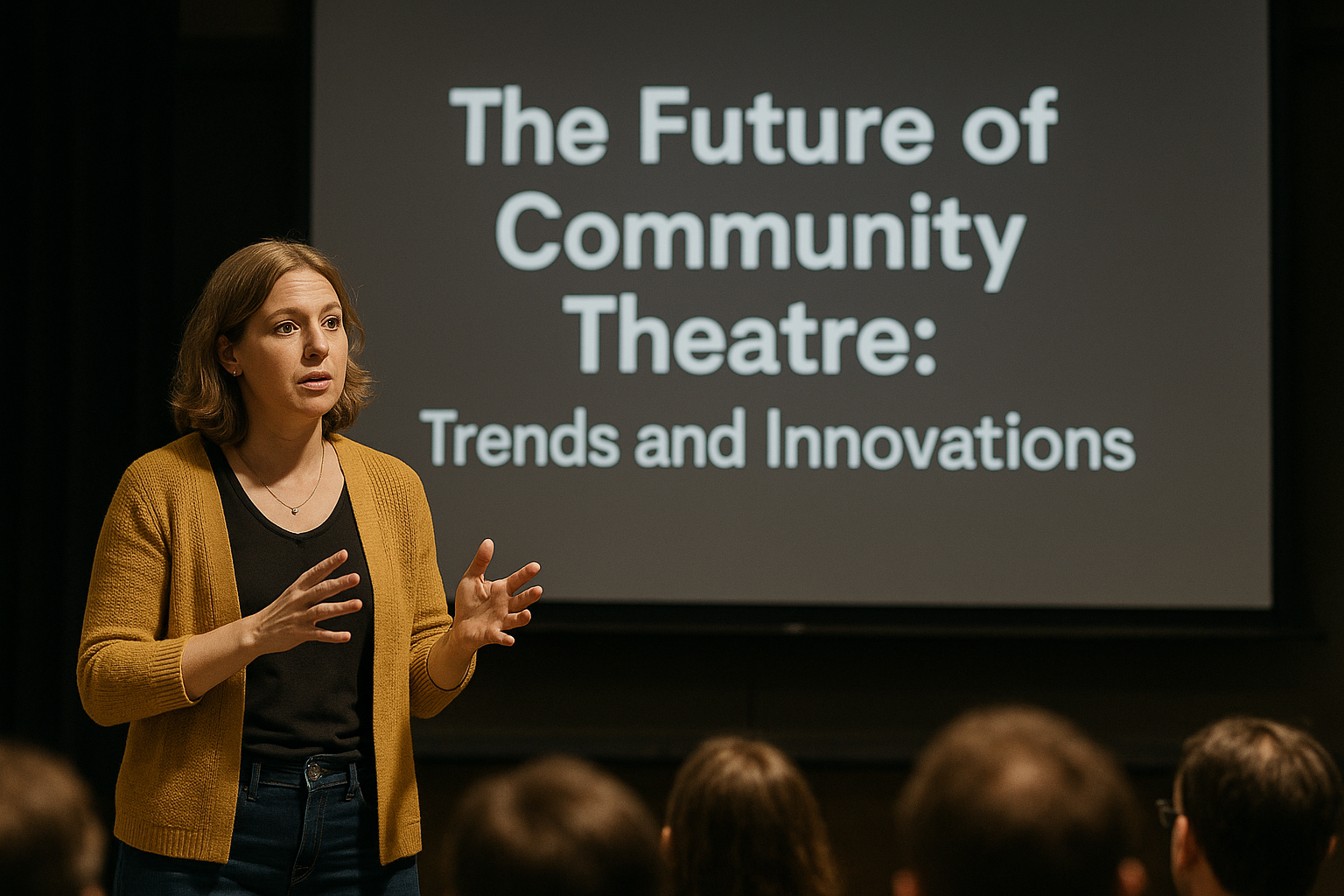The Future of Community Theatre: Trends and Innovations
By Broadwaytrax Content Studio · November 3, 2025
Updated November 3, 2025
Community theatre is changing fast. As local productions face new challenges, they are finding fresh ways to connect with audiences. In 2025, these theatres are becoming more inclusive and tech-savvy. This article explores the key trends shaping community theatre now.
Why Community Theatre Innovation Matters
Innovation is vital for community theatres to thrive. More than ever, they must adapt to the needs of their audiences. This shift is about understanding how people want to engage with theatre today.
Audience Behavior Shifts
Studies show that after the pandemic, audiences are booking tickets closer to show dates than ever. Community theatres need to adjust their marketing to reach late bookers. Offering mobile ticketing and keeping some seats available for last-minute buyers can boost sales (WolfBrown).
Sales Models: Flexibility is Key
Instead of fixed subscriptions, many theatres are moving to flexible membership models. These allow patrons to choose when to attend without being locked into specific dates. This change helps attract more people interested in spontaneous plans (TRG Arts).
Programming Shifts to Meet Demand
Community theatres are now programming more family-friendly shows with shorter runtimes. These options work better for busy families and help draw in new audiences. Events that combine performances with activities, like crafts for kids, also make a visit more fun.

Adopting Technology on a Budget
Many theatres are using technology to save money. For example, digital programs instead of printed ones cut costs. They are also using high-quality audio tracks to enhance performances without large orchestras.
Access and Inclusion
Making theatres welcoming for everyone is more important than ever. Many community theatres are adding sensory-friendly performances and events with ASL interpretation. These steps build trust with local audiences and encourage everyone to experience theatre (The Broadway League).
Partnerships for Growth
Working with local businesses creates new revenue streams. Theatres can co-produce shows, share resources, and offer special events that highlight community culture. These partnerships support local businesses and keep theatre alive.
Build a track package tailored to your next community production—custom cuts, keys, and click/cue maps that help small pits sound big and keep rehearsals on schedule.
Start Your ProjectConclusion and Action Steps
To stay relevant, community theatres must embrace these trends. Begin with small changes that lead to bigger innovations. For more tips on enhancing your next community production, visit (Broadwaytrax) to start your project!
As community theatres look to the future, remaining flexible and inclusive will keep them at the heart of their communities.